Rain and wet road conditions are perhaps the worst conditions that most drivers will face on a regular basis. Hazards and risks are elevated whenever it starts to rain, or even if roads are still wet from a recent downpour. Many drivers will simply slow down as their only safety precaution when it begins to rain. While reducing speed is a crucial element of how to drive safely in wet conditions, there are several other techniques or considerations that motorists need to be aware of when driving in the rain.
Not to rain on your parade, but heavy downpours can be dangerous: more than half of flood fatalities are vehicle-related, according to the National Weather Service. We asked James Solomon, a subject-matter expert on driver safety at the National Safety Council, to provide some common-sense safety tips for driving in the rain.
1. Drive A Clean Car In Good Condition
When visibility is limited by wet weather, it’s important that your car itself doesn’t impede your sight. Once a month, clean the outsides and insides of windshields and windows, and check your windshield wiper blades for wear. Check the level of your washer fluid once a week.
Solomon also recommends doing a quick check of headlights, taillights, turn signals and tire treads before driving the car for the first time each day. “Rain or no rain, operating without [signal lights], you’re a hazard—and it’s a ticketable offense,” he explains.
2. Know The Roads
Roads are built to withstand different weather conditions in different parts of the country, so if you’re new to an area, use extra caution during or after a storm. In many southern states, “the asphalt isn’t as compressed,” Solomon explains. “This means it can rain and the road can look totally dry, but it’s not. You’ll squeegee up the water that’s caught in the road aggregate, and now your tires are wet and slick and you don’t even know it.”
Take a moment to consider your route, too. If it takes you through low-lying bridge underpasses or past ditches prone to flooding, it might be a good day to take the freeway instead.
3. Switch On Lights, Not Brights
Though many newer cars come with automatic running lights, turn on the actual headlights when using windshield wipers so your taillights come on as well. “The idea behind having headlights is so other people can see you,” says Solomon. “When you turn your headlights on and your back lights come on, you identify all four corners of the vehicle.”
You don’t, however, need to flip on your brights; the brighter light will just reflect off wet surfaces, bouncing back into your eyes and irritating other drivers.
4. Slow Down!
Leave at least five seconds of following distance between your own car and the one in front, and don’t feel pressure to drive the posted speed limit. “The speed [listed] on the side of the highway is the maximum speed for perfect weather and perfect road conditions, so if the road is wet, it could be too fast for existing conditions,” says Solomon. “If other people don’t like it, they can pass you.”
And remember: never use cruise control on wet roads. If you hydroplane under cruise control, the automatic acceleration can cause you to lose control of your vehicle when your tires regain traction.
5. Don’t Get In Too Deep
If water is covering the markings on the road, it’s too deep to drive on. According to Solomon, you can lose control with as little as three inches of water on the road. And even if you manage to stay in control, a larger vehicle could push some of that water underneath your car, causing your engine to stall.
6. Steer Where You Want To Go
If you’re going too fast and end up hydroplaning (which Solomon calls surfboarding or waterskiing, “because that’s what you’re doing”), turn the wheel in the direction you want to go—and don’t be afraid if you don’t steer out of the skid on the first try. It may take three to five adjustments to get back on course (and a little while longer for your heart to stop pounding).
7. Hold Off On Unnecessary Trips
It’s one thing if you need to get home to your children or you’re already on the road, but otherwise, ask yourself if you’ve driven in this kind of weather before and if you’re ready to handle it right now. When bad weather is in the forecast, “a lot of people feel they have to go to the store,” says Solomon. But just as you would stay off the roads in heavy snow, it’s OK to stay home in heavy rain. If you have a small business in a flood-prone area and there’s lots of precipitation on the way, try to make arrangements for employees to work from home so they don’t have to worry about making the commute on potentially flooded roads.
Floods are one of the most common natural disasters in the United States. From getting the right flood insurance to having your house’s pipes checked, find out how to prepare before the big rainstorm hits in our Get Your Home Flood Ready guide.
For more tips on driving in heavy rain and other extreme weather, check out the National Safety Council’s defensive driving courses. Bonus: you could even get a discount on your car insurance for taking one.

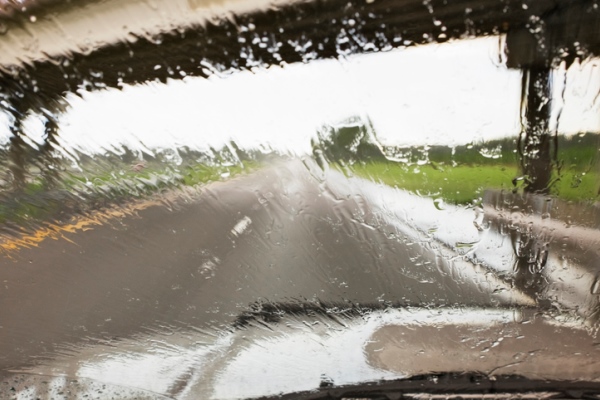


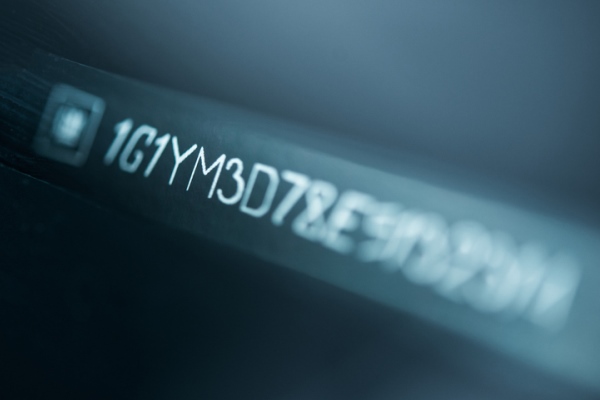
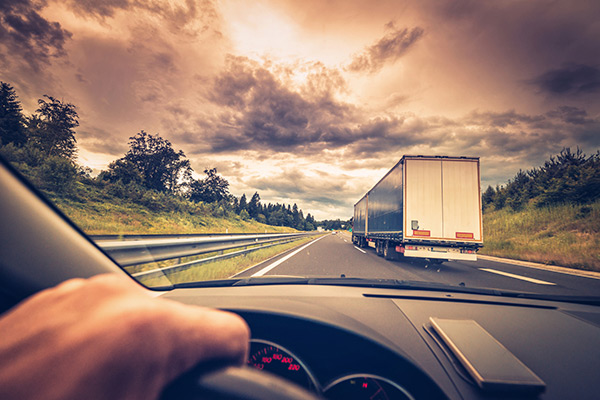
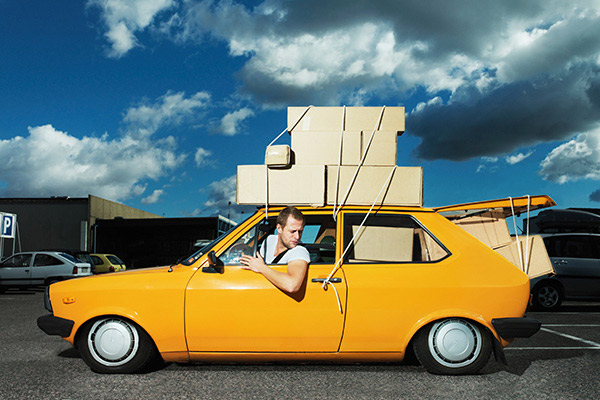
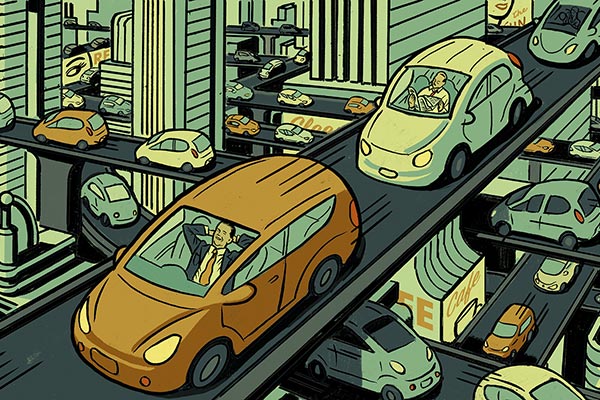

Donald Vanouse says,
Thanks for the advice on driving on flooded roads with the danger of hydroplaning and the need for greater stopping distance..
Andrea Peteroy says,
Liked info on hydroplane
hyacinth says,
Hydroplaning-speeding is unnecessary!
Petra Velazquez says,
A lot of very good information
hyacinth says,
Good information will result to accident-free driving.
Richard Kearney says,
Excellent tips and reminders. This should be provided to the Arizona Highway Patrol, AND all of Arizona’s police departments since the majority of them DON’T USE DIRECTIONAL SIGNALS nor do they ever cite anyone that fails to use them!
C Sheldon says,
Interesting!
I thought it was only Florida deputies that don’t know what an indicator is for! It’s also amazing that they can speed consistently without their warning lights on…guess the law doesn’t apply to them!
This article was very helpful!
Deborah Thurston says,
add the CHP & city police to the list. Above the law???
hyacinth says,
Signal is another way to properly inform the other driver what you intend to do.
hyacinth says,
I love GEICO
Doug says,
Never use cruise control in rain! The automatic acceleration can cause rapid hydro planing or skidding.
hyacinth says,
The use of cruise control will surely affect the force of friction on the wheels negatively!
Fletcher says,
Great article!
Evelyn Joffrion says,
Very good reminders!!
Maryann Jurek says,
Thank you for the good tips. I find some people need to slow down! I stay in the middle lane on the Parkway since the rain seems to go to the sides. Also wearing sunglasses really helps with the headlights from the on coming traffic.
Wallace Music says,
You might recommend light yellow glasses. They are sometimes recommended by AAA. Great when following trucks when the highway is wet. They also help during night driving by reduci9ng headlight glare .
Joy Keegans says,
I just experienced a knuckle-biting 1.5 hr drive returning home from a specialist/tests appt on the brim on the Gulf Coast when bad weather, deluge rain and exceedingly high wind gusts moved in, causing near white-out conditions for most of the 60 mi drive reducing visibility and possible mph to 40, safely, and sometimes, less – thank you for reiterating that the post speed limit is only for fair weather conditions and one can certainly be ticketed if driving the posted speed in inclement weather if law enforcement deems the speed to be too fast for conditions
Chris Baker says,
About 15 years ago I was driving the last leg of a vacation trip to the East coast coming home on the I-40 near Tucumcari, NM. It started raining and it rained so hard that many drivers pulled off on the shoulder. I was driving an F250 Ford Pickup and the additional height allowed me enough visibility that I could continue about 5 to 10 miles per hour. I was behind a semi and he was going the same. I stayed at least 5 seconds behind him in case he had to stop.
JAMES BENDER says,
THANKS THIS GREAT
Richard says,
Flashers are irritating; don’t use them.
Gail Malloy says,
As a Trauma & Injury Prevention Coordinator, I appreciate your publishing this information. Hopefully the public will heed these recommendations.
One thing to add: Some states have a law that when the wipers are on, so are the headlights.
Rain or Snow, let your lights glow. Same for Fog.
Thank you.
Lyle Predmore says,
Easy to remember – when your wipers go on your headlights go on!
Deborah Thurston says,
I constantly forget to turn them off. Glad for Geico roadside services!
Nancy J Saylor says,
Great safety advice to learn and forward to others in our lives.
john tillery says,
I enjoyed the recommendations and will adhere to them.